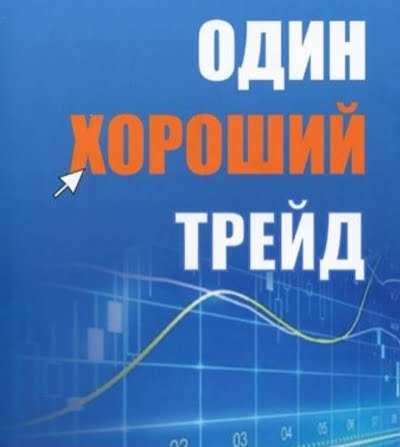In the http post://jc-trader.livejournal.com/35067.html where an example of a losing oil deal was given, There were numerous hints in the guest comments that the swing system's stop was too high. Surely many people think that the fewer stops, the less losses will be, and consequently, if less loss, then accordingly, more profit.
This hypothesis can be tested only on what we already have, that is, on historical data, but what will be, we cannot check. That's why, it is logical to be content with, what is, that is, by checking that, how would a stop of various sizes act on the historical data of the futures portfolio with 2000 to 2010 swing year with costs $40 per circle. Stop will be expressed as a coefficient, tied to a formula, calculating stop. I, I use in this system a stop with a coefficient 5. The smallest — in 5 times less, that is, the coefficient 1. Accordingly, the coefficient 10 means that stop at 2 times more than used in my system.
See, that the biggest profit for the system is the stop with the coefficient 8. Smallest stops bring the smallest profit. Even very large stops are more profitable than the smallest.
The profit factor is the largest for the coefficient 5.
The recovery factor is also the largest with a factor 5. I consider this coefficient to be the most important for the characteristics of the system..
Drawdown is also the smallest with a coefficient 5.
Well, Sharpe — also one of the most important coefficients — 5.
This shows, that no matter how attractive a short stop may seem, its use was hardly advisable for the system in the period from 2000 on 2010 year. Wouldn't it be a bold statement that in the coming years the situation will not change towards a shift towards short stops? :)
And this is a system test with 2000 on 2010 year:







